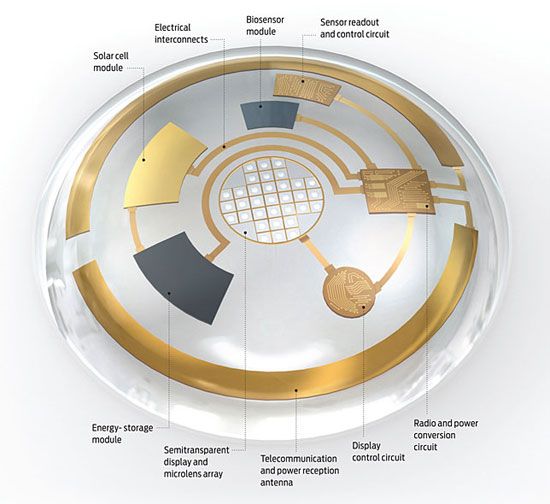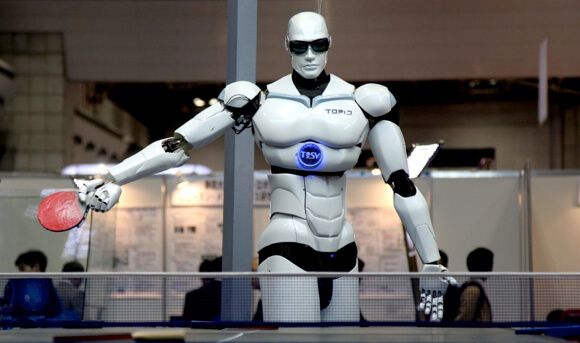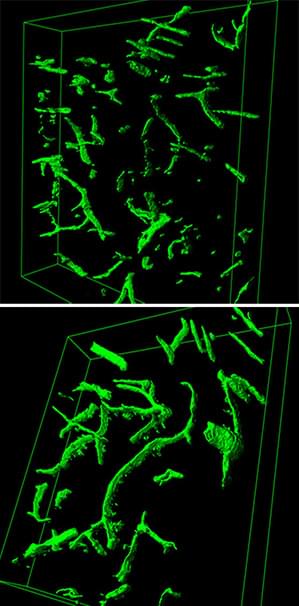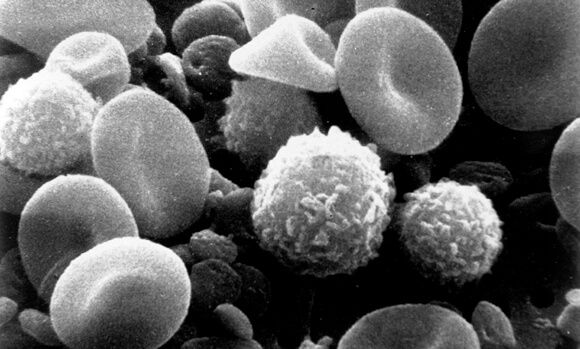Aug 2, 2014
How a Solar-Powered Water Wheel Can Clean 50,000 Pounds of Trash Per Day
Posted by Seb in categories: engineering, solar power, water
Brandon Baker — Nation of Change

A large wheel has been strolling the Baltimore Inner Harbor the past month, doing its best to clean the trash that has littered a city landmark and tourist attraction.
It’s called the Inner Harbor Water Wheel, and though it moves slow, it has the capability to collect 50,000 pounds of trash. The timing for John Kellett’s solar-powered creation is crucial—hands and crab nets simply can’t keep up with the growing amount of wrappers, cigarette butts, bottles and other debris carried from storm drains into the harbor.















